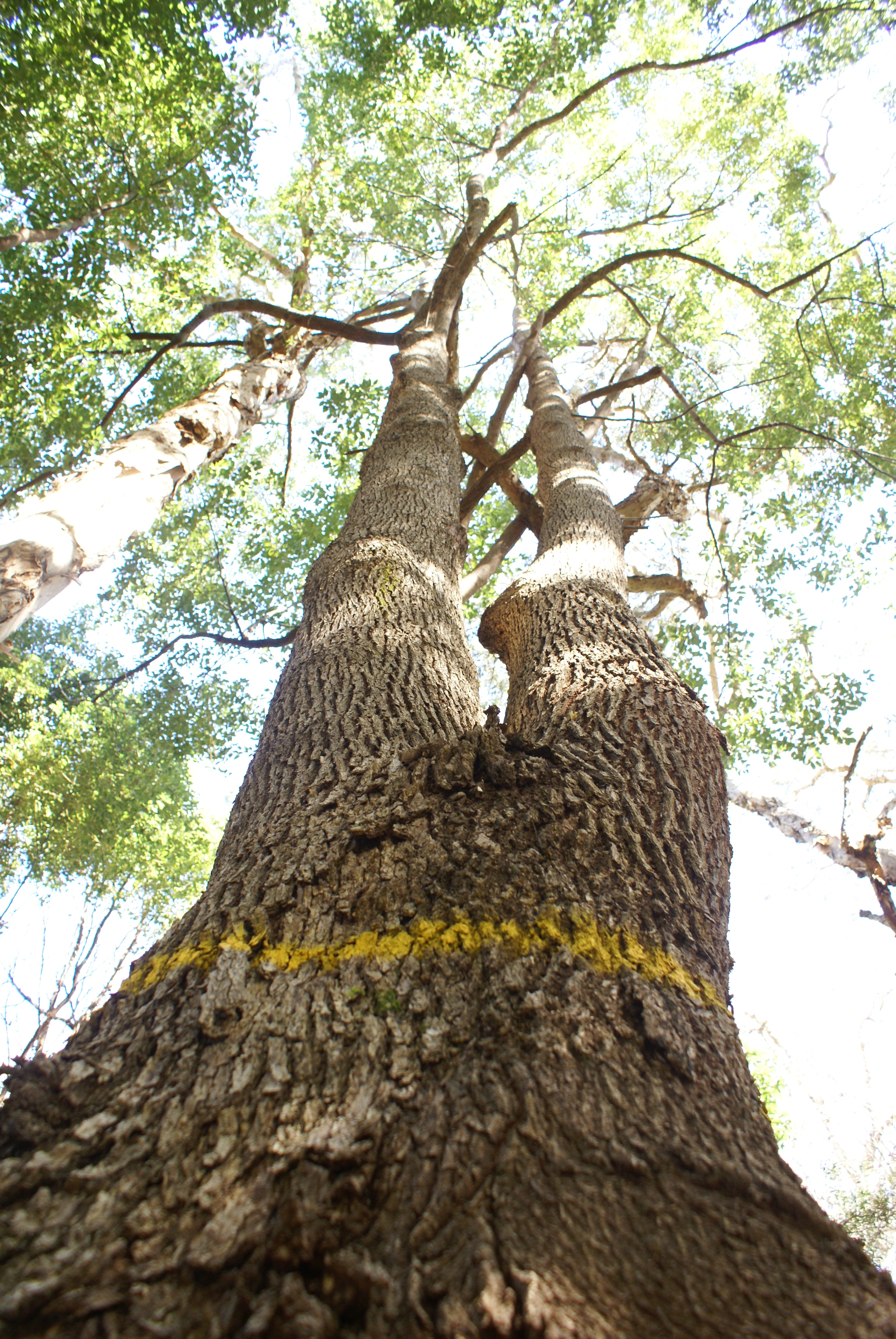Focus on Camphor laurel in Forster
Published on 07 September 2023

MidCoast Council has called on Forster residents to help manage Camphor laurel trees in their local district.
The invasive plant is a large tree that aggressively invades moist gullies, open woodlands, rainforest margins, and vegetation near waterways.
It creates a dense canopy, competes with and replaces native species, and continues to inhibit their regeneration even after it has been removed.
The rough bark is light brown or greyish-brown in colour, scaly or fissured, and has a strong odour. Young branches are green or reddish-green in colour, rounded and hairless.
The flowers are small with six whitish, greenish-white or pale yellowish petals 1.5 - 3 millimetres long.
Council is asking for the community’s assistance in identifying and reporting known locations of the plant in the Forster area to compliment historic programs for the protection of biodiversity in high value ecosystems of the district.
Camphor laurel trees are an introduced species to Australia, native to China, Japan, Taiwan, Vietnam and Korea.
They were first introduced to eastern Australia in 1854 as street and shade trees in school yards, playgrounds, cemeteries, parks and in agricultural landscapes.
If you live in Forster and have a Camphor laurel tree on your property, please contact Council to find out more about the program and register your interest in being part of the solution to minimise the impacts from this invasive species on our environment.
MidCoast Council will be undertaking inspections of all land in the Forster district to identify and map existing Camphor laurel occurrences during the remainder of 2023 and 2024.
Biosecurity weed officers will be assisting landholders to manage Camphor laurel trees on private properties where those landholders require and request assistance.